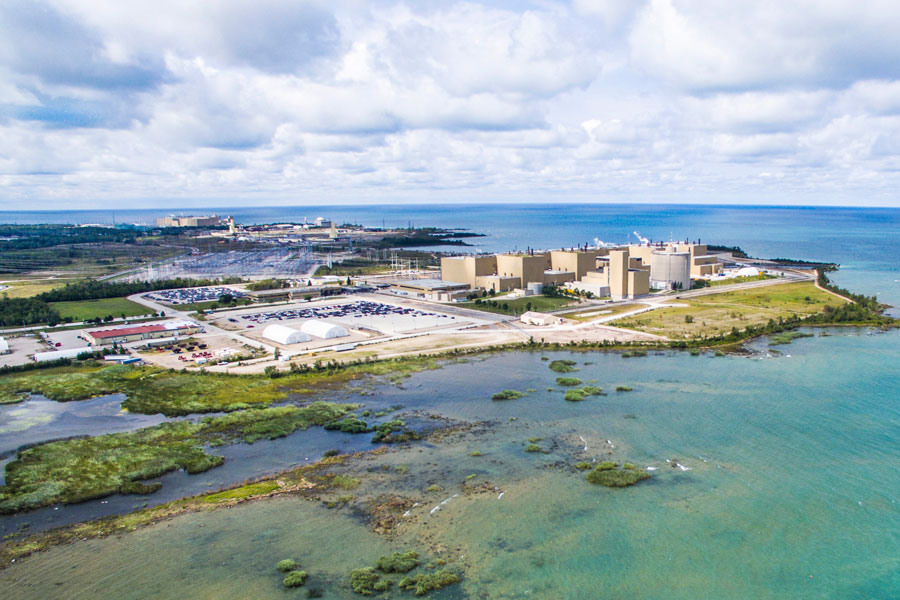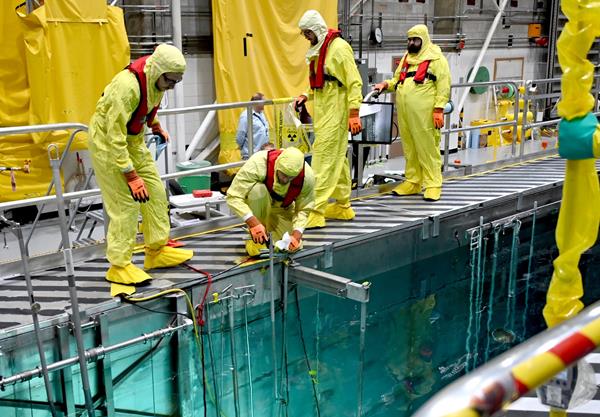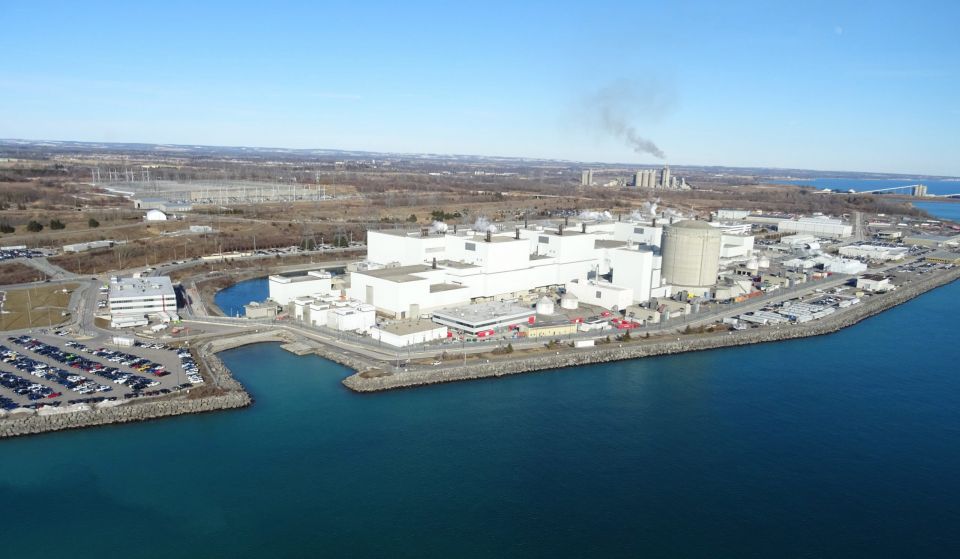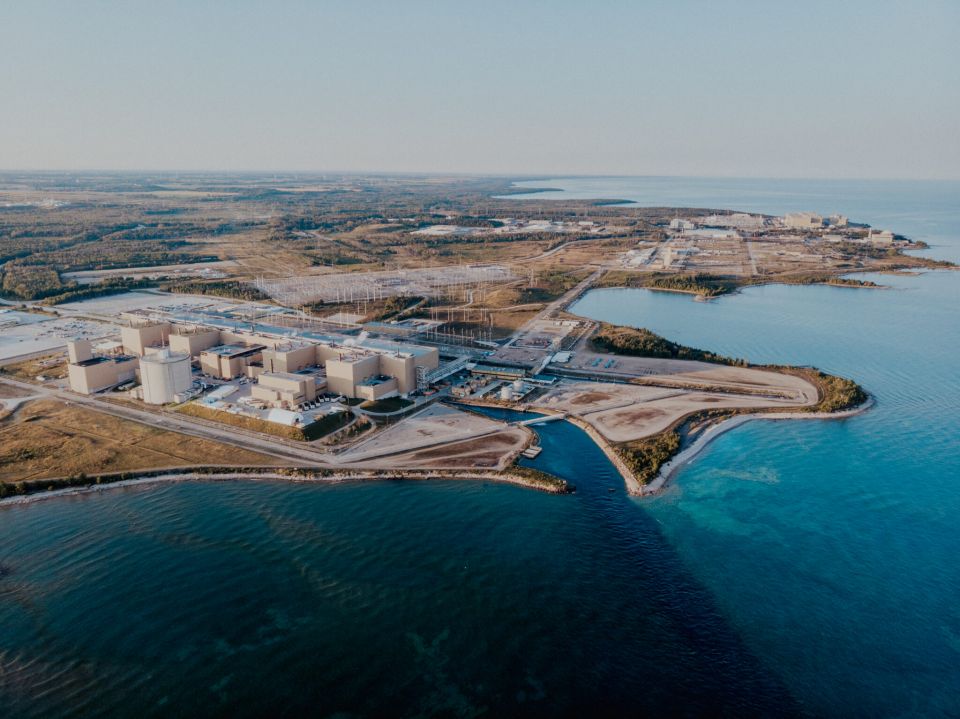Bruce Power refurbishment project ahead of schedule

Bruce Power has announced the completion of its Unit 3 reactor removal—a milestone on its Major Component Replacement (MCR) project aimed at extending the Bruce plant’s operational life through 2064.
Bruce Power operates eight units and is Canada’s only private-sector nuclear generator, with a combined output of 6,507 MWe.
“We have seen outstanding performance in completing the Unit 3 MCR removal series, meeting or exceeding our targets for safety, quality and schedule,” Laurent Seigle, executive vice president of projects at Bruce Power, said last week. “To execute a project of this scale and complexity, it takes an ecosystem of nuclear professionals to work together toward a common goal. I’m proud of our entire team and I look forward to continuing to safely deliver these MCR projects.”
Workers completed the Unit 3 removal series faster than they did the Unit 6 MCR (which was completed in September 2023) by leveraging the experience of tradespeople and innovating from lessons learned and technological advancements. The calandria tube removal, completed July 26, set a CANDU refurbishment record, finishing 11 days ahead of schedule.
Background: The MCR project will replace key reactor components in Units 3–8, including steam generators, pressure tubes, calandria tubes, and feeder tubes. The overall project began in 2016 and incorporates replacement of older systems in all eight of the facility’s units during regularly scheduled maintenance outages.
The project is scheduled to wrap up in 2033.
Bruce Power’s MCR and Life Extension Program will ensure long-term operation, contributing $10 billion in economic benefit through direct and indirect spending on operational equipment, supplies, materials and labor income.
Stephen Lecce, Ontario’s minister of energy and electrification, congratulated the Bruce Power team, saying that the accomplishment is “another example of how Ontario is uniquely positioned to deliver on-time and on-budget nuclear refurbishment at Canada’s largest clean energy infrastructure project. As we plan to generate more clean energy, we celebrate Ontario’s highly skilled workers, advanced technology, and the robust nuclear ecosystem that is generating clean, reliable, and affordable energy for Ontario families.”
A closer look: The MCR project team spent about nine months removing feeder tubes, pressure tubes, calandria tubes, and other important internal components of the Unit 3 reactor in preparation for new parts that will extend the life of the unit for 40 years.
“Our [team] of highly trained tooling experts and our skilled trades operators are the best at what they do,” said Rob Hoare, vice president of MCR execution at Bruce Power. “Many were involved in the tooling development, manufacturing, and commissioning during our first run in the Unit 6 MCR. They know how these tools perform and how to make them better and it showed in the complex troubleshooting and results they delivered.”
Now millwrights, boilermakers, and electricians on the project will transition to commissioning, operating, and maintaining first-of-a-kind, six-axis robotic tooling for reactor inspection and installation work. This includes the replacement of 960 feeder tubes, 480 fuel channels, and 480 calandria tubes. This work will directly and indirectly create and sustain about 1,500 jobs over the next 15 years throughout Ontario, the company said.
“The upcoming inspection series will mark the first time an industrial robot will be used on a CANDU reactor refurbishment anywhere in the world,” said Miroslav Kafedzhiev, president of ATS Industrial Automation, a partner on the project. “Together with Bruce Power, and in collaboration with skilled and trained tradespeople, we have spent the better part of three years to set a new standard for safety and performance in reactor reconstruction.”
On the horizon: In February, the Canadian government announced up to C$50 million ($36.8 million) in funding for predevelopment work to study the feasibility of building 4,800 megawatts of new generating capacity at the Bruce site.
The project, known as Bruce C, would be Canada’s first major investment in expanding a large nuclear plant in decades. Nuclear power currently accounts for about 15 percent of Canada’s electricity.
Check it out: To see some of the innovations surrounding the MCR project, watch this video on the new automated Inspection and Installation series tooling.









